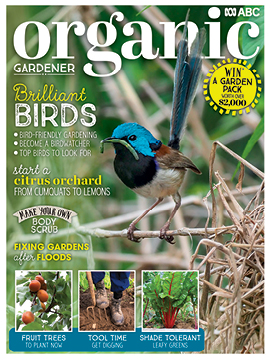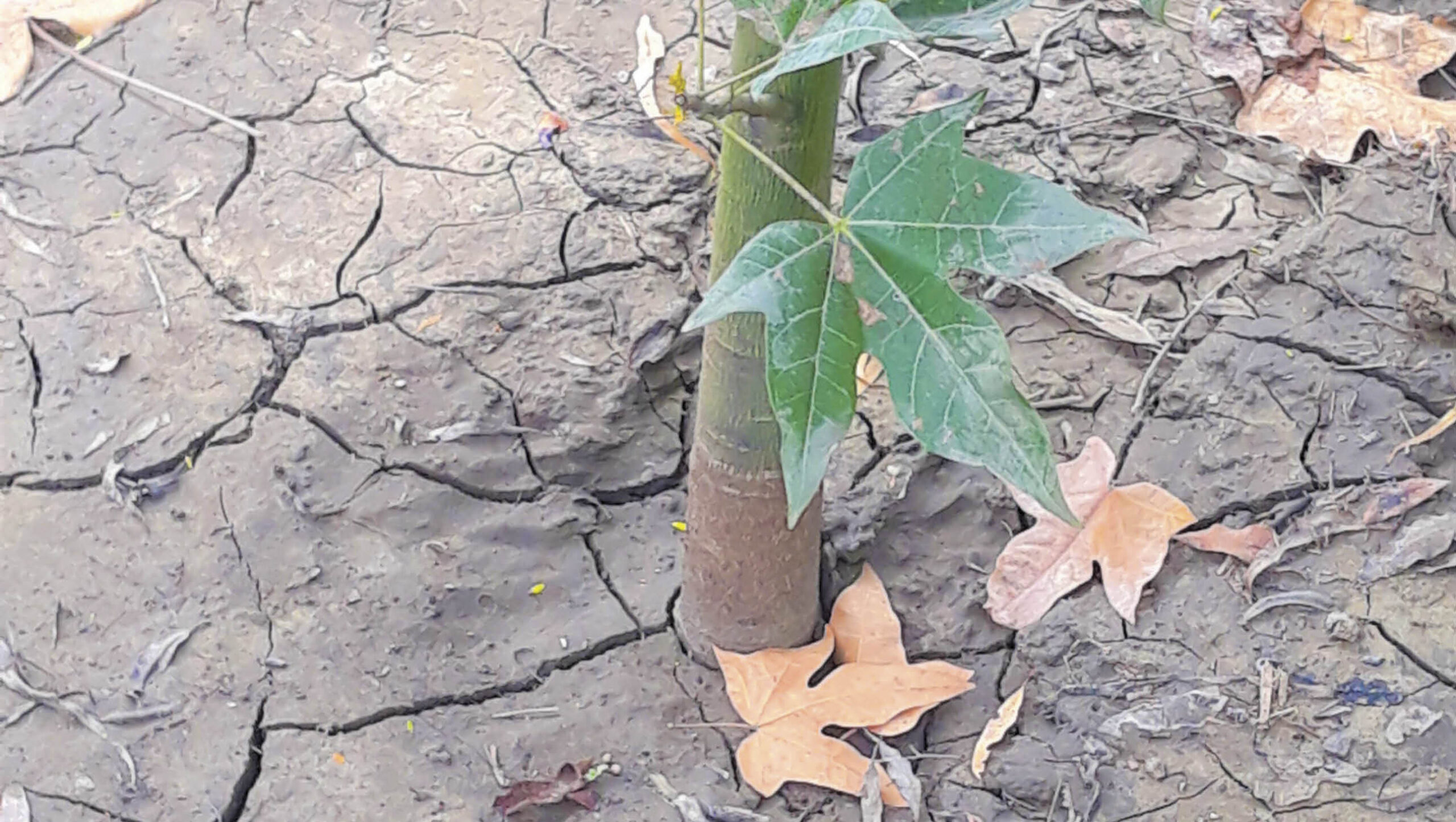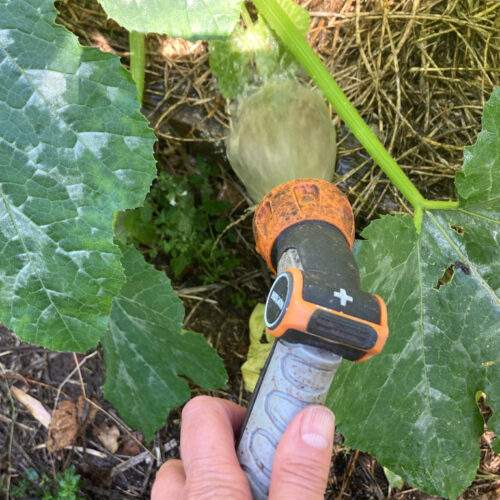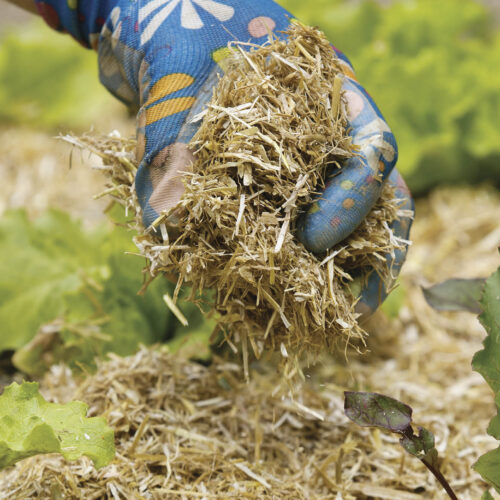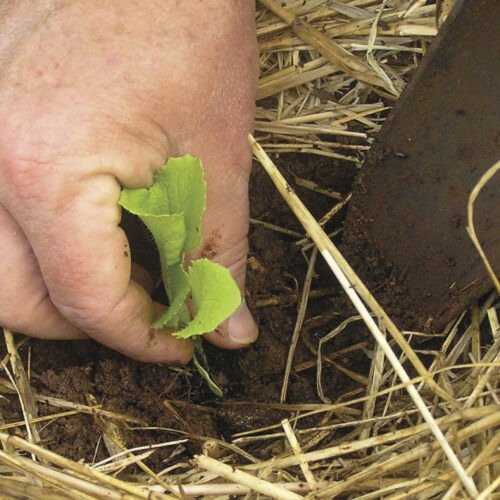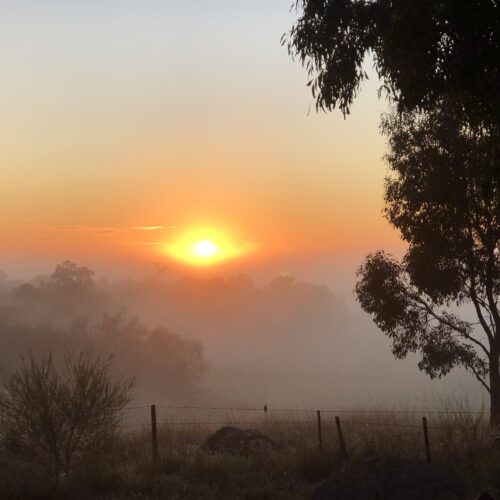Reviving a garden after floods
2022-05-04T03:49:44+10:00
Scientist Kate Wall experienced the Brisbane floods of 2011 and now 2022: here's two important tips she's learned to help gardens recover.
SILT
Silt is super fine soil particles. It is often quite nutrient-rich and can be very good for building great soil. Some of the world’s richest soils are floodplains. It is, however, difficult to get off leaves, and if allowed to dry on the ground, it sets like concrete. If we can get life back into the soil, the silt can be incorporated into the soil well. To do this, add microbes and then fresh mulch, allowing nature to then do her thing. In 2011 i was able to organise truckloads of woodchip mulch from council to be delivered to flood affected streets, and then spent backbreaking hours spreading mulch in garden after garden with a team of volunteers.
ADD MICROBES
What the garden really needs next after floods is the soil microbes to be replenished. This should be the highest priority – if you do nothing else, add microbes! A healthy and diverse soil microbiota will provide bacteria which prey on fungal pathogens which are the biggest threat to the immediate recovery of most gardens. The risk of plant and human diseases in the soil after flooding is greatly reduced by enriching its microbial life.
How to do it: you can use organic or home-made compost, horse manure (from a safe source), or commercial products such as neutrog’s gogo juice, earthlife’s garden mate or plant of health’s microbe probiotic which are excellent concentrated sources of soil microbes. Use them generously on the lawns, garden beds and around trees. Top this over with any organic mulch such as bark, straw, lucerne hay, or sugar cane. You can apply mulch thickly (5cm) over areas still covered in flood silt. A thin layer of straw over flood silt on lawns will help incorporate the silt into the soil and the lawn to recover.
Kate Wall wrote about reviving gardens in floods in a piece that was first published by the Horticultural Media Association of Australia and the full, unedited version can be found at: hmaaustralia.com.au/flood-garden-recovery
Kate’s full article appeared in our Early Winter 2022 issue (OG 133). There’s a selection of back issues available here — you can also subscribe and get the most recent issues delivered to your door!
